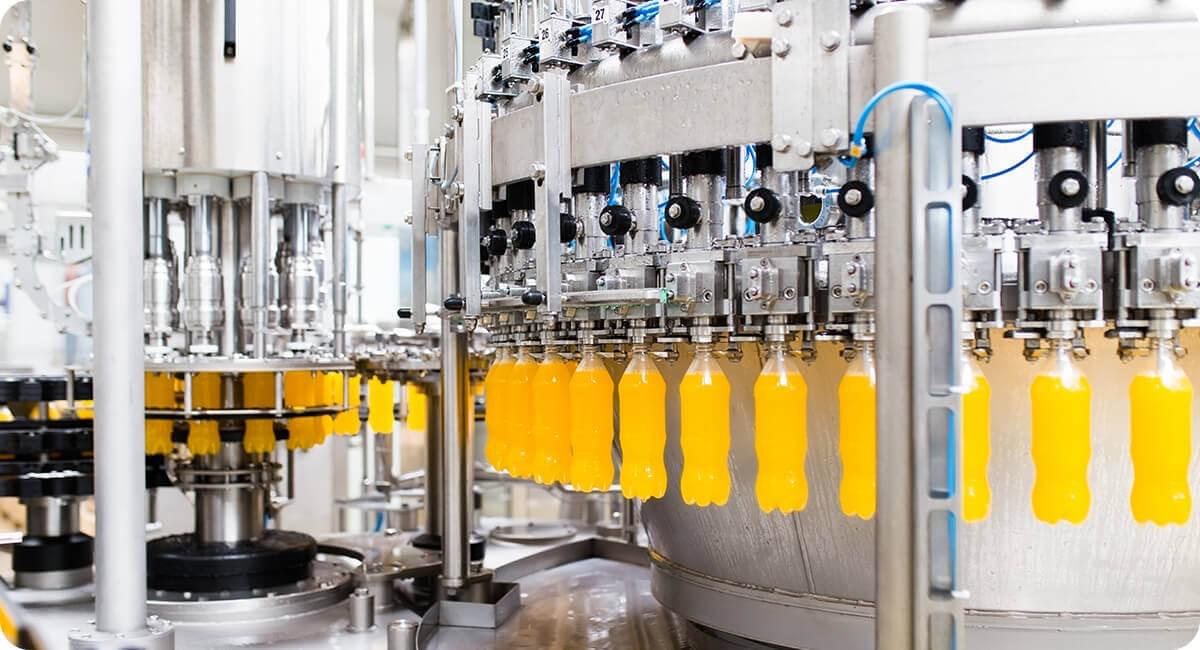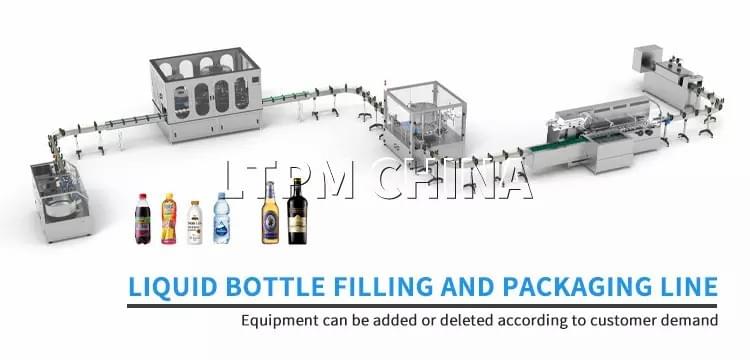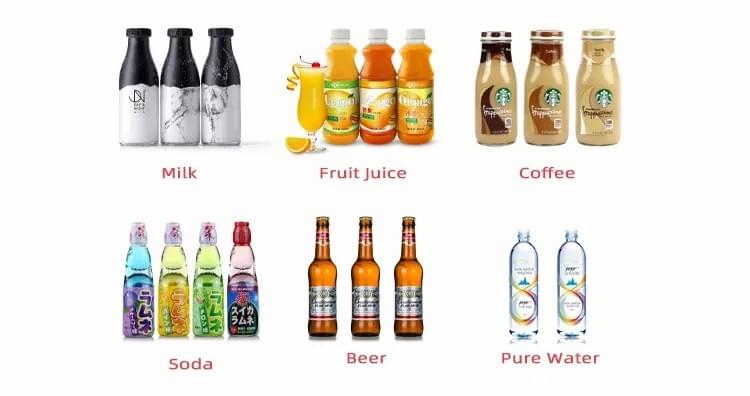In today's fast-paced beverage industry, speed, accuracy, and hygiene are crucial . Whether you're filling bottled water, soft drinks, juice, dairy products, or alcoholic beverages, beverage filling machines can make it happen.
Beverage filling machines not only ensure that each bottle or can is filled with the correct amount of filling, but also that the product is free of contamination and ready for market. Without them, large-scale beverage production would be impossible.
What Is a Beverage Filling Machine?
Beverage filling machines are a special type of liquid filling equipment designed specifically for beverages. Although ordinary liquid filling machines can also handle various fluids, beverage filling machines are specifically designed for beverage filling and are optimized in many aspects:
- High-speed production
- Food-grade hygiene standards
- Different container types such as bottles, cans, and cartons

Their primary purpose is to automate the filling process, ensuring accurate and consistent beverage filling . This allows for precise filling even when the beverage contains bubbles, fruit particles, etc. They are widely used in water plants, juice plants, breweries, and dairy processing facilities.
How Does a Beverage Filling Machine Work?
Although liquid filling machines are designed differently, most beverage filling machines use similar processes , but with different structures designed based on different beverages .
- Container Feeding – Empty bottles or cans are fed into the machine through a conveyor system.
- Rinsing (Optional Step) – Some machines include a rinsing or sterilizing unit to clean containers before filling.
- Filling – The heart of the process. Depending on the type of beverage, the machine uses gravity, pressure, or isobaric filling to transfer liquid into containers.
- Capping or Sealing – Once filled, bottles or cans are sealed tightly with caps, lids, or corks to prevent leakage and contamination.
- Labeling and Packaging (Optional Integration) – Many modern filling lines also include labeling and secondary packaging for a complete, automated solution.
This process combines precision engineering and fluid dynamics to ensure every container is filled accurately without waste.
Main Types of Beverage Filling Machines
Different beverages require different filling methods. The main types include:
1. Gravity Filling Machines
Works by letting liquid flow into containers by its own weight.
Best for still water, juices, and non-carbonated beverages.
Simple, cost-effective, and highly reliable.
2. Pressure Filling Machines
Uses air or mechanical pressure to push liquid into containers.
Commonly used for carbonated soft drinks and sodas.
Prevents loss of carbonation during filling.
3. Isobaric Filling Machines
Maintains equal pressure inside the container and the tank.
Perfect for beer, sparkling water, and champagne.
Ensures bubbles remain intact, preserving taste and texture.
4. Piston Filling Machines
Uses a piston system to push thicker liquids into containers.
Suitable for dairy drinks, smoothies, and viscos health beverages.
Provides consistent volume even for products with higher density.
Note: Beverage filling machines can also be semi-automatic or fully automatic, depending on the production scale.
Key Applications in the Beverage Industry
Beverage filling machines are essential across multiple sectors:
- Bottled Water – From small 250ml bottles to large 5-gallon containers.
- Juices & Dairy-Based Drinks – Sensitive products requiring hygienic filling to avoid spoilage.
- Carbonated Drinks – Soft drinks, sodas, and sparkling beverages.
- Alcoholic Beverages – Beer, wine, spirits, and craft drinks.
- Functional & Health Beverages – Protein shakes, energy drinks, and herbal beverages.
Each application may require a different machine setup, depending on viscosity, carbonation, and packaging material.
Benefits of Using Beverage Filling Machines
Accuracy – Ensures every bottle has the correct volume, reducing waste and meeting labeling requirements.
Speed & Scalability – Capable of filling thousands of bottles per hour, ideal for growing production.
Hygiene – Designed with stainless steel and easy-to-clean systems to prevent contamination.
Versatility – Handles different bottle sizes, shapes, and materials with minimal adjustments.
Cost-Efficiency – Reduces labor costs and minimizes product loss over time.
Common Questions & Answers
1. What is the difference between a beverage filling machine and a general liquid filling machine?
A beverage filling machine is designed specifically for drinks, with hygiene and speed as top priorities, while general liquid filling machines handle a wider range of fluids like oils, chemicals, or detergents.
2.Which type of filling machine is best for carbonated drinks?
Pressure or isobaric filling machines are best because they preserve carbonation during filling.
3.How do beverage filling machines prevent contamination?
They use food-grade stainless steel, closed systems, and sterilization methods such as CIP (clean-in-place) to keep products safe.
4.Can one machine handle multiple beverage types?
Yes, modern machines can often be customized to handle still water, juices, and even carbonated drinks with different filling modes.
5.What's the average production capacity of a beverage filling line?
It ranges from a few thousand bottles per hour in smaller plants to tens of thousands per hour in large-scale facilities.
Conclusion
Beverage filling machines are the backbone of the drink manufacturing industry. They ensure accuracy, hygiene, and efficiency, making it possible for brands to deliver high-quality beverages on a massive scale. From bottled water to sparkling wines, every product depends on precise filling technology to reach consumers safely and consistently.
For any beverage business, choosing the right filling machine means not only keeping up with demand but also meeting strict quality standards and customer expectations.

